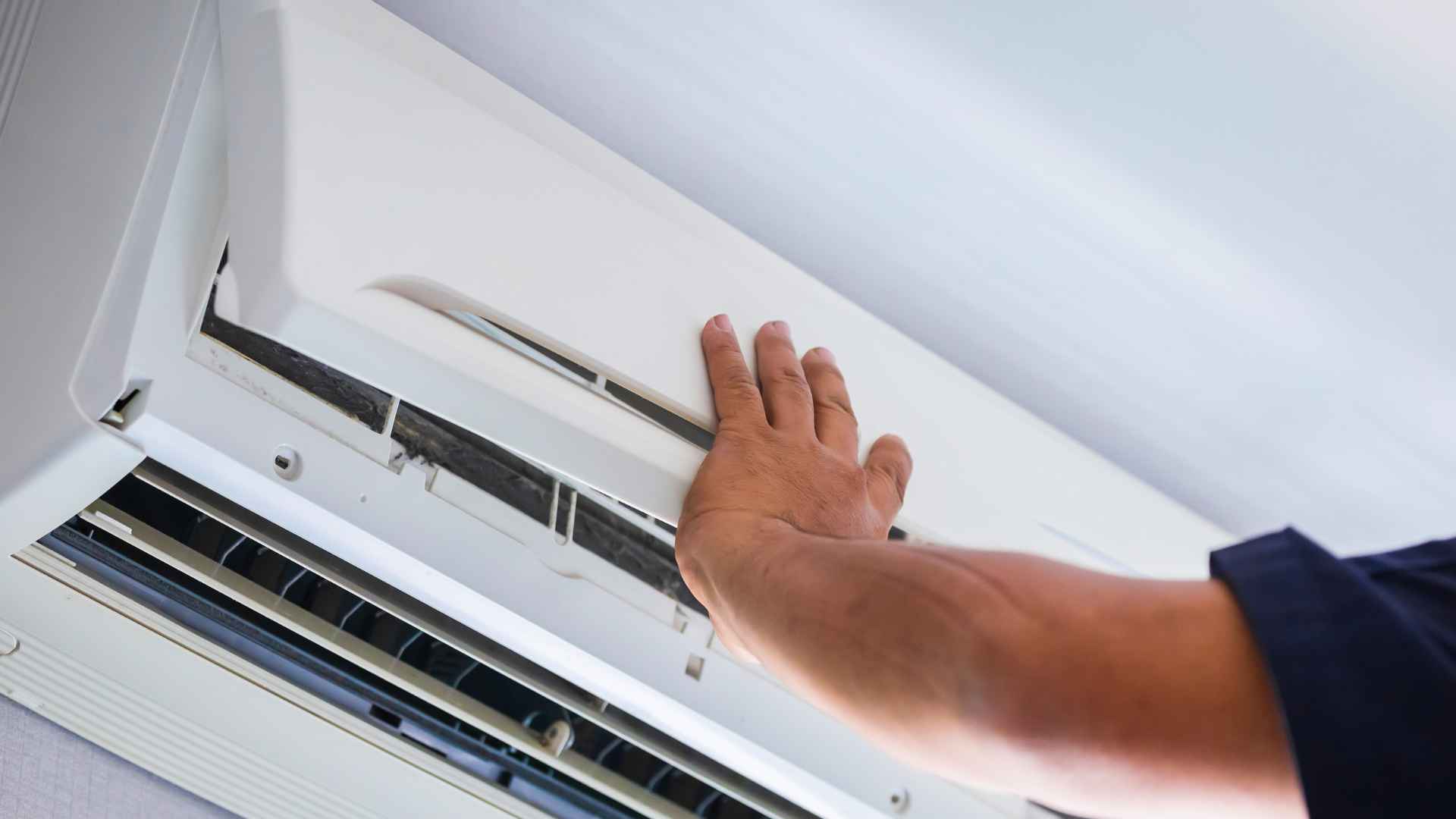A quick temperature check could spare you a steamy weekend and a hefty repair bill. When an air‑conditioner quits cooling, panic—and the urge to dial the nearest HVAC company—hits fast. But before you hand over your credit card, a pocket‑size thermometer can tell you in minutes whether the real culprit is low refrigerant or something else entirely.
How this viral thermometer trick spots low air conditioner refrigerant gas early
Start by switching the unit to cooling mode and letting it run for five minutes. Next, locate the two copper lines that link the indoor evaporator to the outdoor compressor. The thicker “suction” line is the one that matters. Place the thermometer directly against this pipe: in a healthy system it should read about 50 °F (10 °C) or feel ice‑cold—sometimes even frosty.
Warm to the touch? That usually signals a leak or an undercharged system, and that’s when a certified tech earns the call. Wondering why this matters so much? Without enough refrigerant, the compressor overheats, energy bills spike, and long‑term damage becomes a real possibility. Below, step‑by‑step guide for checking suction line temperature and avoiding costly repairs:
- Set to cool and choose the lowest temperature setting.
- Wait five minutes so refrigerant pressure stabilizes.
- Touch or temp‑check the thicker line where it exits the outdoor unit.
- Compare readings to the table below.
- Decide whether a professional inspection is needed.
Still unsure? Ask yourself: Is the air from the indoor vents noticeably cooler than the room, or barely below room temperature? That quick question can reinforce what the thermometer tells you.
What thermometer readings mean and when professional help becomes unavoidable
Before you grab the toolbox, review the typical readings:
| Suction‑line temperature | Likely condition | Recommended action |
|---|---|---|
| ≤ 50 °F (≤ 10 °C) | Refrigerant level normal; system healthy | Keep enjoying the chill |
| 51 – 65 °F (11 – 18 °C) | Possible minor leak or airflow issue | Clean filters, recheck in 48 hrs |
| > 65 °F (> 18 °C) | Significant loss of refrigerant | Schedule a licensed HVAC visit |
If you’re planning to uninstall or relocate the unit, professionals advise “pumping down” the refrigerant into the outdoor coil first: close the service valve on the thin liquid line, wait a minute, then close the suction valve. This traps the gas inside the condenser so it can be reused—good for the planet and your wallet.
A $5 thermometer and two steady hands can separate simple airflow hiccups from true refrigerant shortages. Perform the test at the first hint of lukewarm air; you might solve the mystery yourself or at least greet the technician with solid data.

